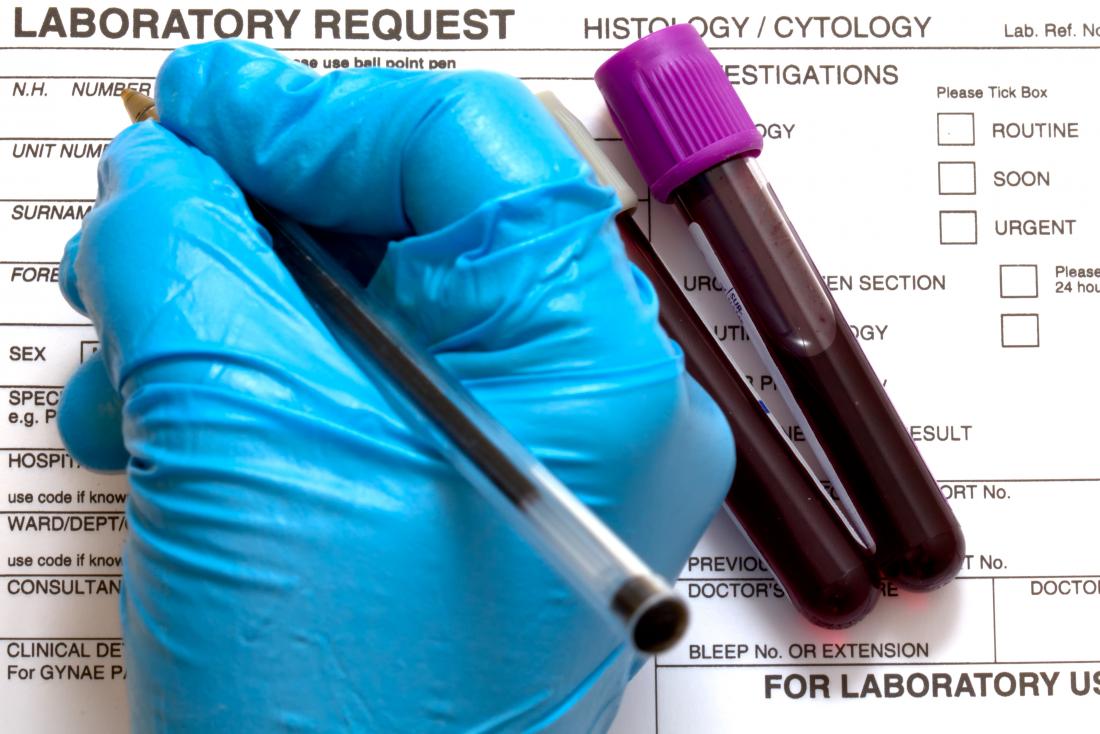Funny Feeling in Front of Chest Feels Like I Want Swalow
We include products we think are useful for our readers. If you buy through links on this page, we may earn a small commission. Here's our process.
Swallowing involves many muscles and nerves in the mouth, throat, and food pipe. Many people will experience pain when swallowing at least once in their lives. The medical term for painful swallowing is odynophagia.
It is often possible to identify the cause of pain when swallowing by looking at the specific symptoms.
Depending on the cause, these may include sharp or dull pain in the jaw, throat, chest, or food pipe. The pain may only affect one side of the throat and can change when a person breathes deeply.
In this article, we take a closer look at the causes and symptoms of painful swallowing. We also look at how to relieve the pain.
Several illnesses and conditions that lead to infection, inflammation, and obstruction of the throat, mouth, or food pipe can cause discomfort swallowing.
Depending on the cause, additional symptoms are often present. The following causes can lead to painful swallowing:
Strep throat

Strep throat, epiglottitis, and esophagitis are some possible causes of pain when swallowing.
Throat infections are one of the most common causes of pain when swallowing. These include strep throat, which is an infection with Streptococcal bacteria.
People with strep throat may also notice:
- swollen, tender lymph nodes on one or both sides of the neck
- pain in the soft palate
- red spots on the soft palate
- fever
- white patches on the tonsils
Tonsillitis
Tonsillitis is an infection and inflammation of the tonsils, which are two lymph nodes at the back of the throat. Tonsillitis is a common cause of painful swallowing.
Tonsillitis is a contagious condition. Viruses or bacterial infections, including strep throat, can cause tonsillitis.
If the pain when swallowing is due to tonsillitis, people may also notice:
- swollen tonsils
- white or yellow spots on the tonsils
- bad breath
- tender jaw or neck
- fever
Epiglottitis
Epiglottitis is a throat infection that causes inflammation of the epiglottis, which is the flap in the back of the throat that prevents food from going down the windpipe.
In addition to pain when swallowing, typical symptoms of epiglottitis include:
- difficulty swallowing, known as dysphagia
- a high fever
- drooling
- a preference for sitting leaning forward
A yeast infection
Yeast infections in the mouth, throat, or food pipe can also lead to discomfort swallowing. Yeast is a type of fungus that can grow out of control if the conditions inside the body change in a way that promotes yeast growth.
A bacteria called Candida is a common cause of yeast infections.
Additional symptoms might include:
- loss of taste
- white patches on the tongue
- redness in the corners of the mouth
Esophagitis
The food pipe, also called the esophagus, is the pipe that carries food and liquid from the mouth to the stomach. Esophagitis is inflammation of the esophagus.
The most common cause of esophagitis is gastric reflux disease, which is a condition that allows stomach acid to flow back up the food pipe.
Certain medications and allergic reactions can also cause esophagitis.
Esophagitis can cause the following symptoms alongside painful swallowing:
- chest pain
- stomach pain
- a hoarse voice
- coughing
- heartburn
- nausea
Throat injury
Although less common than other causes, an injury to the throat can also lead to pain when swallowing.
Eating or drinking something that is too hot can burn the inside of the throat or food pipe. People can also scratch or cut the back of their throat when eating a cracker or chip that has a sharp edge.
Depending on the location and extent of the injury, there may only be pain on one side of the throat or further down in the food pipe.

A doctor may use a blood test to diagnose pain when swallowing.
An accurate diagnosis is vital to treat pain when swallowing. Doctors may recommend various tests to make a diagnosis. After reviewing a person's medical history and carrying out a physical examination, they may perform the following diagnostic tests:
- Throat culture. During a throat culture, the doctor removes a sample of mucus from the throat with a cotton swab. They test this mucus to determine whether or not it contains any organisms that might be causing an infection.
- Blood tests. Blood tests, including a white blood cell count, help the doctor determine if an infection is present.
- Barium swallow. A barium swallow is a special type of X-ray of the food pipe. Before taking the X-ray, the doctor will ask the individual to drink a liquid containing barium. The barium will reveal the pathway that the food takes from the mouth to the stomach.
- CT scan. Doctors use CT scans to create images of the throat. These help the doctor identify any abnormalities, such as tumors, in the throat or food pipe that might cause painful swallowing.
Treatment for pain when swallowing generally depends on the cause.
Medication is the standard treatment for certain types of infection. Doctors usually recommend antifungal medications to treat yeast infections and antibiotics to treat bacterial infections, including strep throat.
When people have recurring tonsillitis, or it does not respond well to medication, a doctor may recommend removing the tonsils in a procedure called a tonsillectomy.

Sipping warm drinks can provide short-term relief.
People can use the following home remedies for short-term relief from painful swallowing:
- Taking anti-inflammatories. Nonsteroidal anti-inflammatory medications (NSAIDs) can reduce swelling and inflammation in the mouth, throat, and food pipe, making it easier and less painful to swallow.
- Taking antacids. Over-the-counter (OTC) antacids are effective for reducing pain that results from acid reflux.
- Using throat sprays. Throat sprays can numb the throat and make swallowing easier and less painful. These are available OTC or online.
- Gargling with salt water. Salt water may decrease inflammation and make swallowing less painful. Mix 8 ounces (oz) of warm water with 1 teaspoon (tsp) of salt and gargle this solution several times a day.
- Sipping warm drinks. Warm drinks, such as herbal tea, may help decrease pain. Avoid making the liquid too hot, or it can burn the throat.
- Taking a hot shower. The steam from a hot shower may help to decrease any inflammation responsible for painful swallowing.
- Avoiding alcohol and tobacco. Substances in alcohol and tobacco can irritate the soft tissue of the mouth, throat, and food pipe.
Painful swallowing often resolves in a few days, especially if it occurs due to a cold. However, in some cases, professional medical help is necessary to determine the cause and provide treatment.
It is best to consider seeing a doctor if the following circumstances apply:
- the cause of pain when swallowing is unknown
- the pain has lasted more than a week or is getting worse
- there is a patch of white spots in the back of the throat
It is also important to recognize when painful swallowing can be a sign of a medical emergency. A person should seek immediate medical care if pain when swallowing occurs alongside:
- swelling of the throat
- difficulty breathing
- problems opening the mouth
- unusual drooling
Although it can be uncomfortable, pain when swallowing is typically only temporary. Depending on the cause, painful swallowing often goes away in a few days.
For example, if the pain is due to a cold, it usually resolves within a week.
If a bacterial or fungal infection is causing the pain, treatment is usually successful. In the meantime, people can use home remedies to manage their symptoms and reduce discomfort.
SHOP FOR HOME REMEDIES
All of the products in this article are available in pharmacies and online.
- ibuprofen
- antacids
- throat sprays
Read the article in Spanish.
Source: https://www.medicalnewstoday.com/articles/322301
Belum ada Komentar untuk "Funny Feeling in Front of Chest Feels Like I Want Swalow"
Posting Komentar